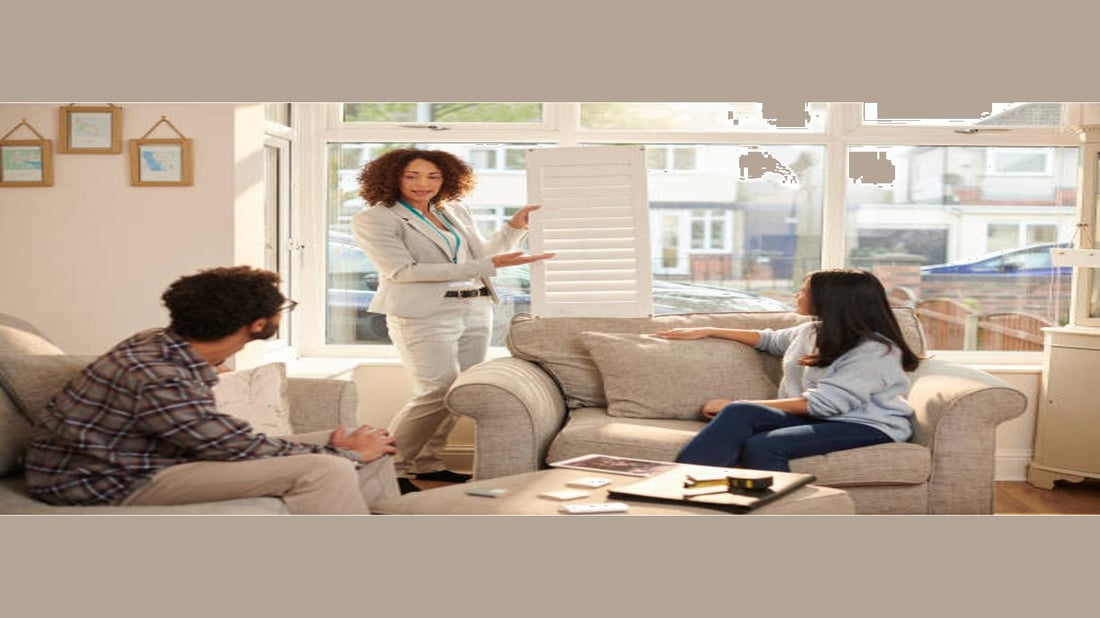To Shutter or Not to Shutter: Exploring the Pros and Cons of Having Shutters on Your House
Introduction: Shutters have long been a popular architectural feature on homes, adding charm and character to the façade. However, with changing design trends, some homeowners are now opting for a more streamlined look. In this article, we will explore the pros and cons of having shutters on your house, helping you make an informed decision regarding this important design element.
1. Enhancing Curb Appeal
Shutters can significantly enhance the curb appeal of your house. Whether you choose traditional wooden shutters or modern vinyl ones, they add visual interest and depth to the exterior. Shutters can amplify the architectural features of your home, making it stand out in the neighborhood.
2. Adding Protection and Privacy
One of the key advantages of shutters is the protection and privacy they provide. When closed, shutters act as a barrier against harsh weather conditions, such as strong winds or heavy rain. They also offer an additional layer of security, deterring potential intruders.
3. Controlling Light and Ventilation
Shutters give you control over the amount of light and ventilation entering your home. By adjusting the angle of the slats or opening the shutters entirely, you can regulate the amount of natural light and fresh air that flows into your living spaces. This can be particularly beneficial during hot summer months or when you desire privacy without sacrificing natural light.
4. Maintenance and Longevity
When it comes to maintenance, shutters require regular cleaning and occasional repainting to keep them looking their best. However, compared to other exterior features, shutters are relatively low-maintenance. Quality shutters made from durable materials, such as fiberglass or aluminum, can last for many years without significant deterioration.
5. Design Versatility
Shutters come in a wide range of styles, colors, and materials, allowing for endless design possibilities. Whether your home has a modern, minimalist look or a traditional, rustic charm, there are shutters to complement your architectural style. This versatility allows you to personalize your house and create a unique visual statement.
6. Energy Efficiency
Shutters can contribute to the energy efficiency of your home. When closed, they provide an extra layer of insulation, keeping heat or cold from penetrating through windows. This can help reduce your energy consumption and lower heating and cooling costs, making shutters a wise investment in the long run.
7. Cost Considerations
While shutters can enhance the aesthetics and functionality of your house, they do come with a cost. The price of shutters depends on various factors, including the material, size, and installation requirements. Wooden shutters tend to be more expensive than vinyl or aluminum ones. It is essential to consider your budget and weigh the benefits against the financial implications.
8. Compatibility with Architectural Style
Before deciding on shutters for your house, it is crucial to consider the architectural style of your home. While shutters can enhance most styles, they may not be suitable for every type of architecture. For instance, contemporary or modern homes typically have clean lines and minimal ornamentation, which may not align well with the traditional aesthetics of shutters.
9. The Illusion of Size
Shutters can create an illusion of size, making your house appear larger or smaller, depending on your desired effect. Wide shutters with a contrasting color can make a narrow house look wider, while tall shutters can visually elongate a low-slung building. Understanding the impact of shutters on the perceived size of your home is essential in achieving the desired visual effect.
10. Neighborhood Aesthetics
Finally, it is important to consider the overall aesthetics of your neighborhood. If most houses in your area have shutters, not having them may make your house seem out of place. Conversely, if shutters are uncommon in your neighborhood, adding them might make your house stand out in an undesirable way. Balancing personal style preferences with the established visual norms of your surroundings is key.

